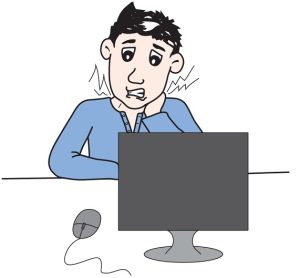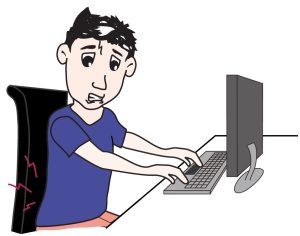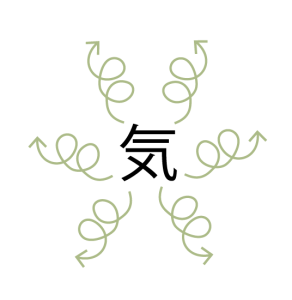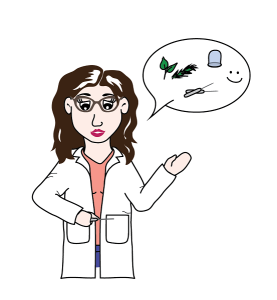Pain Management in TCM
Pain, one of the most difficult symptoms to solve in medical history, defined by the International Association for the Study of Pain (IASP) as an unpleasant sensory and emotional experience associated with, or resembling that associated with, actual or potential tissue damage. There is a prevalence of 20% of adults suffering from pain globally, 10% are newly diagnosed with chronic pain each year.[1]
With the development of society, humans start to work with various kinds of devices, from typewriters to desktop computers, from huge handphones to tiny little smartphones. Moreover, sports activities have become increasingly prevalent in the community. Thus, we tend to develop some chronic pain due to poor working posture sitting in front of the desk, overload working pressure, or getting injuries while we are doing sports.


Traditional Chinese Medicine (TCM) as an experience base medicine has been doing pain management in the last thousand years. However, ancient Chinese didn’t have the concept of the musculoskeletal system, physiology, or biochemistry at that time. To treat the symptoms, TCM not only formed a relatively complete theoretical guidance with our unique theory, but also accumulated a wealth of clinical experience and generated various kinds of treatment methods to deal with the pain in the ancient times.
In TCM, stagnation or deficiency of Qi and Blood is the major cause of pain in the human body. Besides, we also believe there are 4 climatic factors (wind, cold, dampness, heat) that can invade the human body, 7 emotions, diet, and fatigue as well as injuries that can result in the stagnation of Qi and Blood in our meridians and cause pain.

The best TCM method for resolving the pain belongs to Tuina-massage, acupuncture, cupping, and herbal medicine.
Tuina-massage, a non-invasive treatment in TCM comes to the first place when we deal with the pain. We have various kinds of massage manipulation to apply on specific acupuncture points or the body surface to adjust the physiological and pathological conditions of the body to achieve the purpose of treatment.
Acupuncture and cupping usually come together in pain management treatment. We first insert tiny needles through your skin into the subcutaneous tissue, and muscles at certain acupuncture points to dredge the meridian, release the blockage to manage the pain. Then use the cupping treatment by heating the cup to create local suction on the skin of the pain surface, to help with the inflammation, blood circulation, and relaxation.
Chinese Herbal medicine will be part of the treatment method for pain management when necessary. It usually comes with a customized prescription, including the herbs that can promote the movement of Qi and Blood, relieving the pain and dredging the meridians.

The pain which TCM can help with including:
- Sports injuries/soft tissue injuries
- Neck pain
- Low back pain
- Arthritis
- Pain in joints
- Tennis elbow
- Migraine/headache
- Facial pain
- Shoulder pain
- Pain period
- Cancer pain
- Menstrual cramps
Joe Teh offers TCM evaluation and treatment, including herbal medicine and acupuncture, at the Downtown (Xintiandi) and Hongmei Road (Minhang) clinics, click here to make an appointment with him.
[1]Goldberg DS, McGee SJ.Pain as a global public health priority[J].BMC public health,2011,11(1):1-5.
